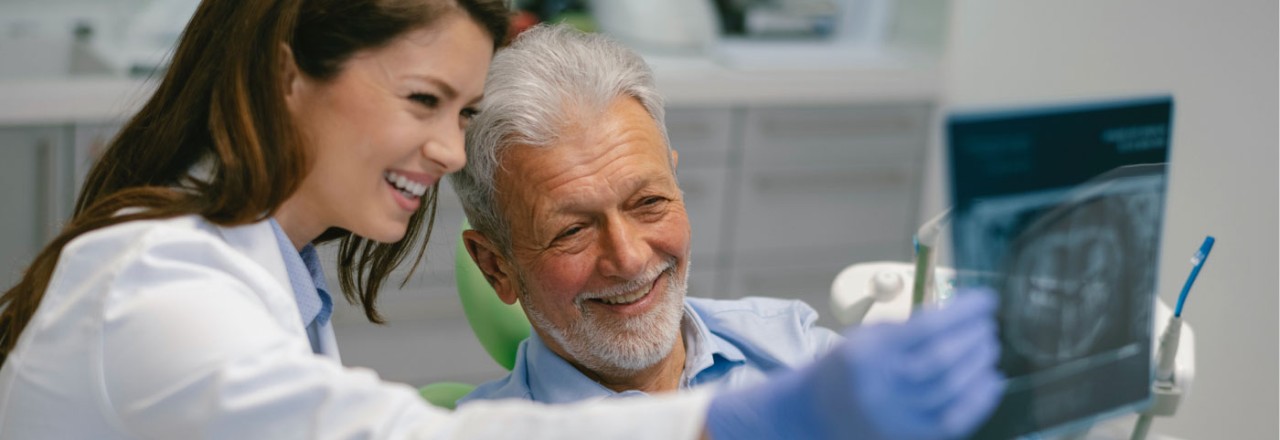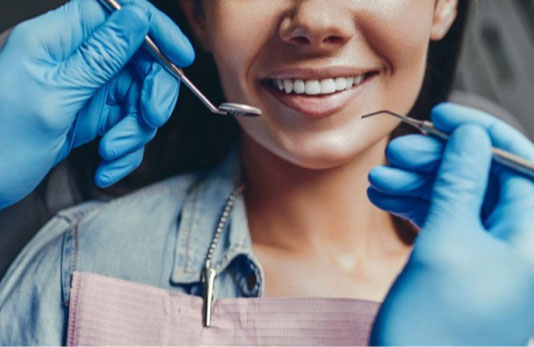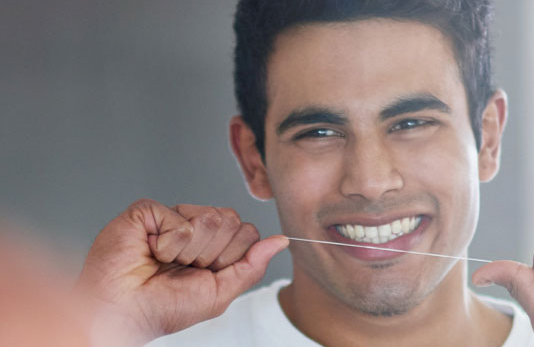Dental visits decoded: Exams
There's no reason to be nervous about a routine dental exam

Just because you think your teeth are healthy doesn't mean you should skip an exam. In addition to helping identify cavities and gum disease while they’re still easy to treat, visiting your dentist regularly is a good way to detect more serious conditions like oral cancer and diabetes. If it’s been a while since your last exam, here’s what you can expect the next time you sit in the dentist’s chair.
What happens during a dental exam
Exams are often paired with cleanings and you can usually expect a dental hygienist to clean your teeth before or after the actual exam. When you arrive, you may be asked questions about your overall oral health, medical history and medications you may be taking. Answer honestly and accurately to help your dentist better identify potential issues and their causes.
Using small instruments and a mirror, your dentist will carefully examine the inside of your mouth for signs of tooth decay, gum disease, oral cancer and other issues. He or she will also check tooth alignment and signs of damaging habits such as tooth grinding. Your entire exam should be pain-free, though gum tenderness and other oral conditions may cause some sensitivity.
Next steps after your dental exam
Once your exam is over, you’ll either schedule your next regular appointment or discuss treatment options if your dentist found an issue. That’s it!
Most dental insurance plans include two exams per calendar year. Be sure to take advantage of your benefits to prevent more costly visits and keep your smile shining bright.
Last updated October 29, 2021
Related articles:
The oral health information on this website is intended for educational purposes only. Always consult a licensed dentist or other qualified health care professional for any questions concerning your oral health.


